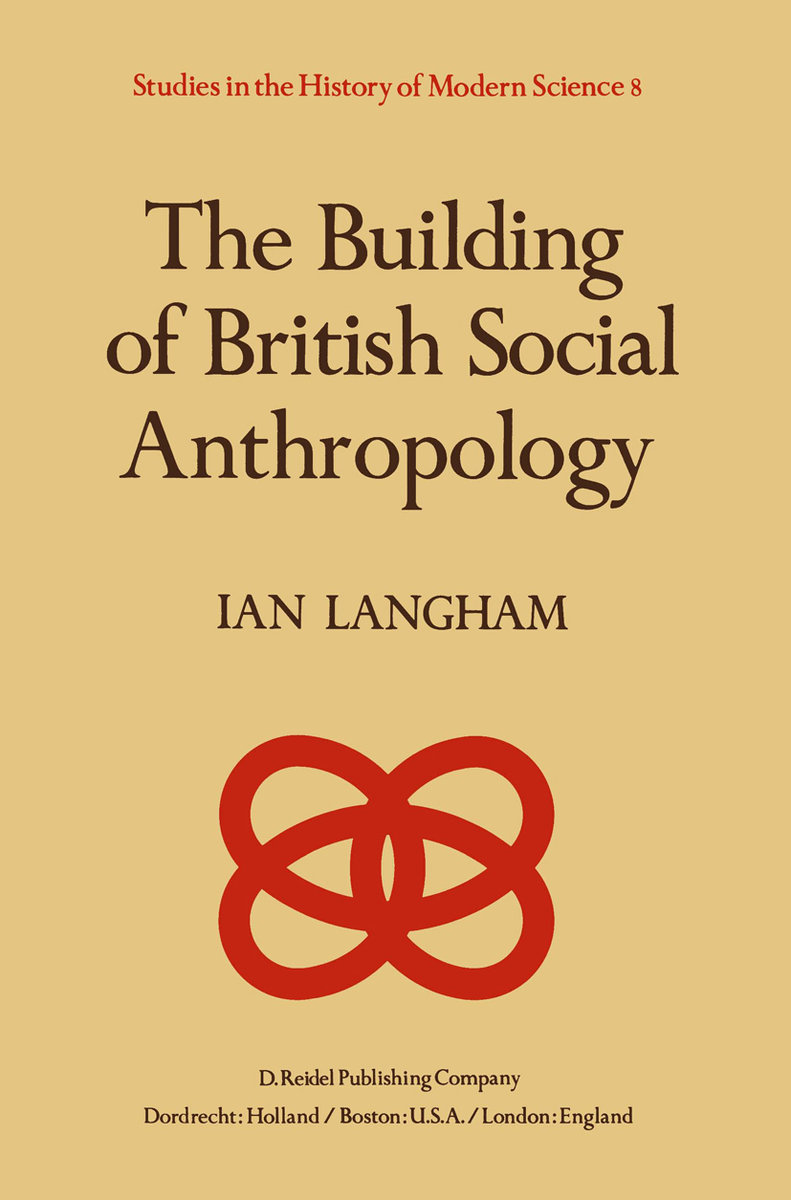The nature of that transition to maturity [a transition involving "The acquisition of the sort of paradigm that identifies challenging puzzles, supplies clues to their solution, and guarantees that the truly clever practitioner will succeed") deserves fuller discussion than it has received in this book, particularly from those concerned with the development of the contemporary social sciences. (Thomas S. Kuhn, 1969, Postscript to The Structure of Scientific Revolutions. ) The fIrst two or three decades of the twentieth-century represents a shadowy period in the history of science. For most contemporary scientists, the period is a little too far away to be the subject of a fIrst-hand oral tradition; while at the same time it is not suffIciently remote to have acquired the epic and oversimplifIed contour of history which has been transformed into mythol ogy. Historians of science, by contrast, who want to free themselves from the mythology which is used to legitimize the present state of the discipline, are interested in discovering what really happened, and how it was regarded at the time. For them the nature of science in the early twentieth-century is obscured by what they regard as its proximity in time, and they are disturbed by a general lack of depth in scholarly work in the area, which makes it diffI cult to see the period in proper perspective.


